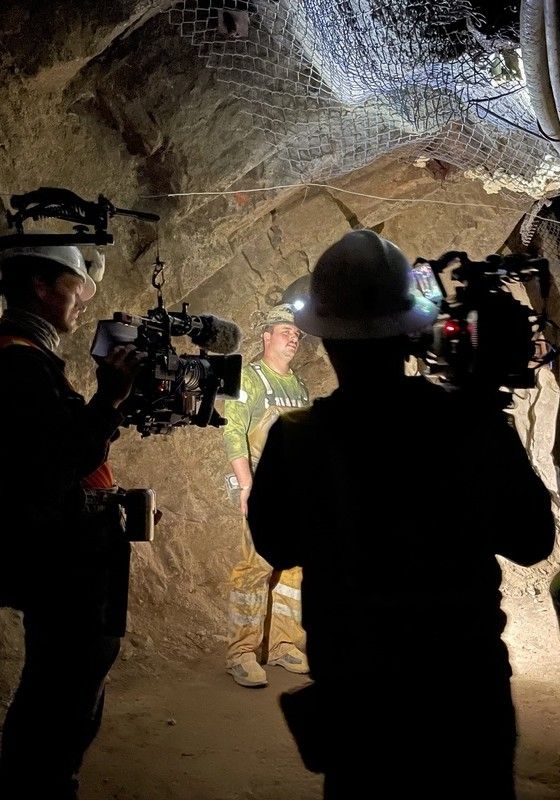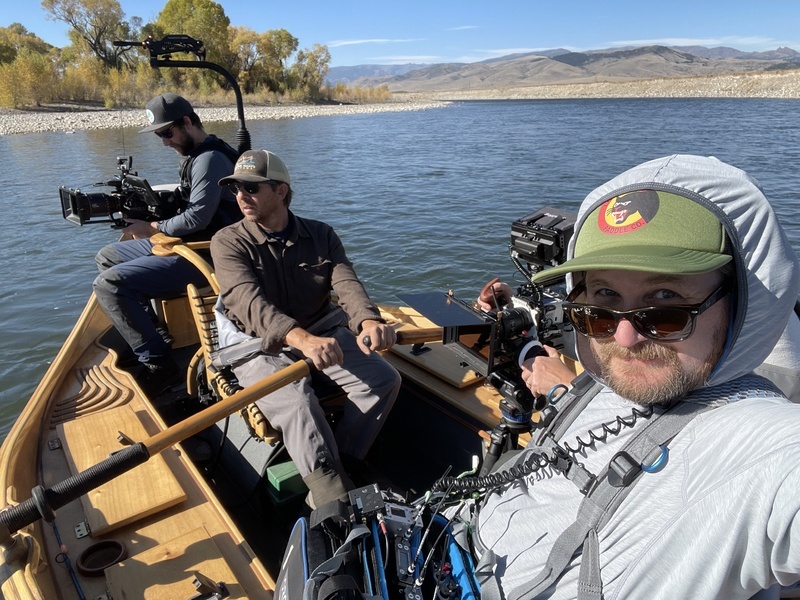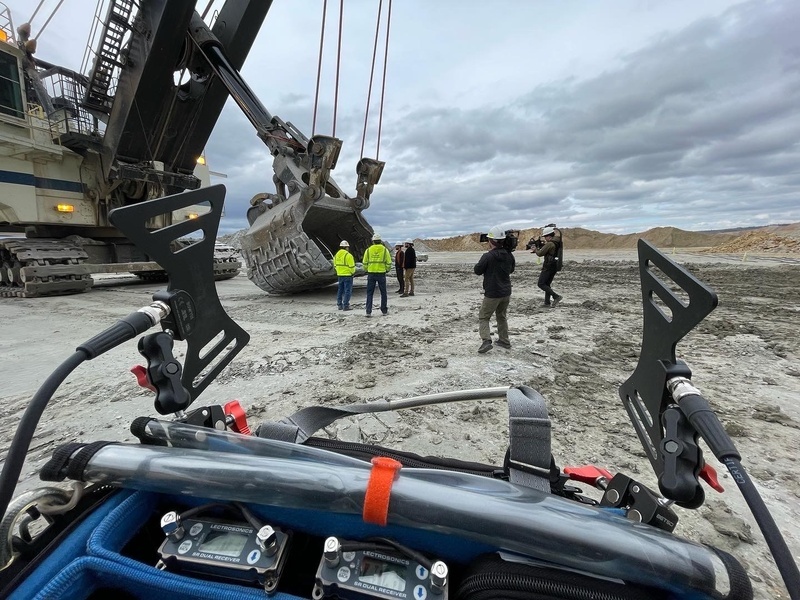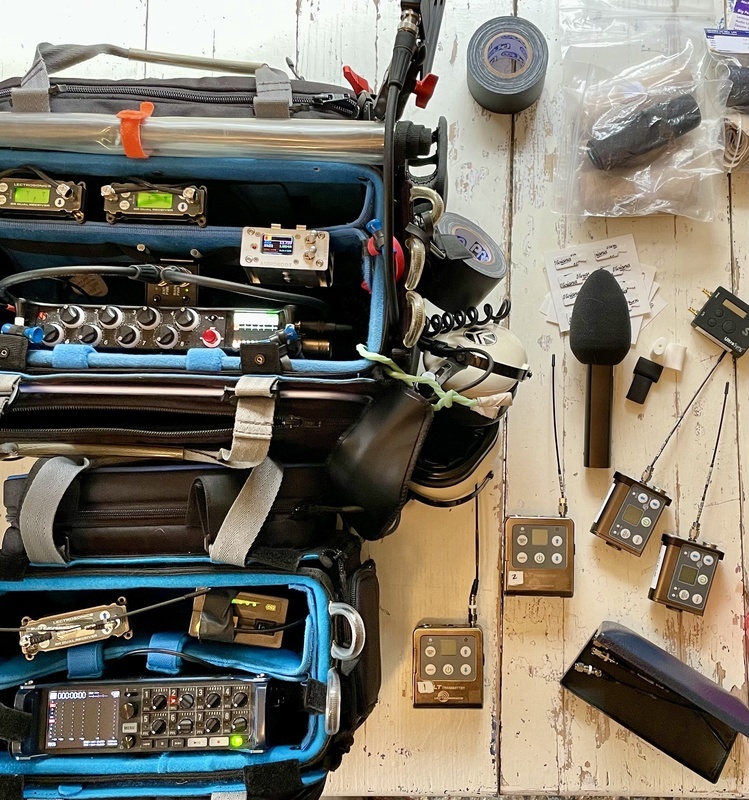When productions need location sound recording in Montana, Jeff McLain is among their first to call.
The talented mixer is also a videographer, which helps him understand the needs of directors and DPs. With his Lectrosonics wireless kit consisting of three dual-channel SRc Digital Hybrid Wireless receivers, SMWB wideband, LT, and LMb transmitters, McLain recently spoke about how his gear stood up to the rigours of one of the harshest environments he’s worked in — a mineral mine nine stories underground — and other productions.
“This was for a documentary by a couple of independent filmmakers,” McLain explains. “So much of what we use — from this phone I’m talking to you on to computers to cars — uses minerals that cannot be farmed or created in a lab. Yet there are also major environmental issues that come with mining. The film is about how we reconcile this and the crew visited mines all over the world.”






